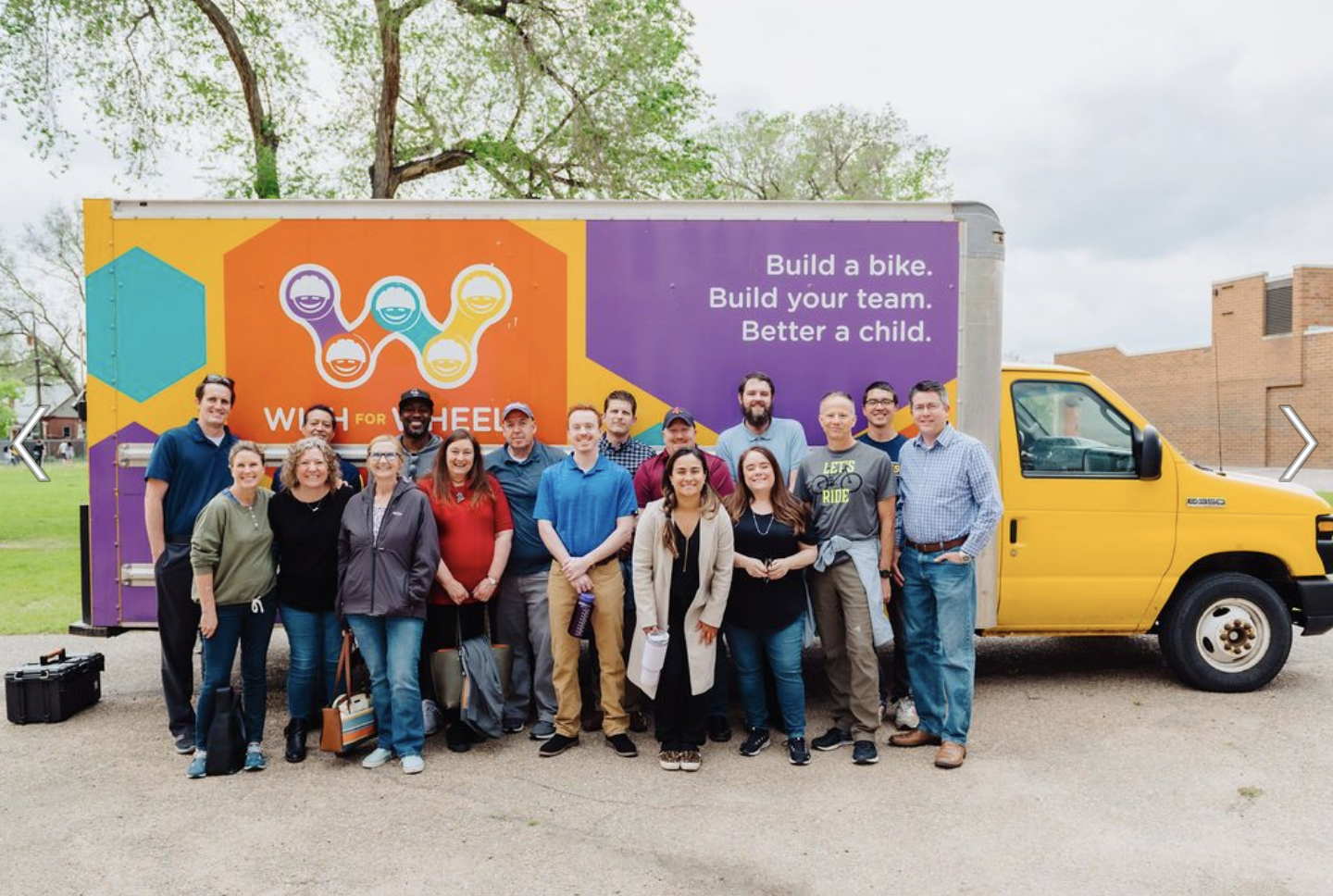How Often Should You Do Team Building Activities? Finding the Perfect Balance for Success
Team building activities have become an integral part of fostering collaboration, boosting morale, and enhancing productivity in modern workplaces, especially in the post-pandemic ‘return-to-work’ era.
But how often should you do team building activities? Is it a ‘one and done’ deal, or do you need to think of team building as a long-term initiative?
Whether you're a small business owner, a team leader, or an HR professional, finding the perfect balance for team building success is essential for a thriving and harmonious work environment.
As a nonprofit organization who stages unforgettable team building events across the country, we’ve learned a few things from our partners that are worth sharing.
The Importance of Team Building Activities
Before we discuss how often team building activities should be conducted, it’s important to note just how significant team building is for teams and organizations of all sizes.
Team building activities offer numerous benefits, including:
Strengthening relationships and trust among team members
Enhancing communication and collaboration skills
Boosting employee morale, motivation, and job satisfaction
Fostering creativity and innovation within the team
Improving problem-solving and decision-making abilities
Increasing productivity and efficiency in the workplace
Better yet, philanthropic team building takes all of these benefits to the next level.
Consider Your Team's Dynamics and Goals
Every team is unique, with varying dynamics, personalities, and goals.
When determining the frequency of team building activities, be sure to think about:
Team Size: Larger teams may require more frequent activities to build strong bonds and foster effective communication.
Team Maturity: New teams may benefit from more frequent activities to establish rapport, while established teams might need periodic reinforcement to maintain their cohesion.
Organizational Culture: Assess your company's culture and values. If teamwork and collaboration are highly encouraged, more frequent activities might be suitable.
Goals and Objectives: Align team building activities with your team's specific goals. If you're working towards a significant project or facing challenges, more frequent activities can provide the necessary support and motivation.
Many of our partners have experienced such a great organizational impact from our events that they host Team Build & Give events for different teams annually, and some even more frequently. Others involve their teams in a larger variety of team building activities, depending on the differing needs of their unique, cross-functional teams. Taking their team size, maturity, organizational culture, and objectives into account helps them to determine the frequency that will have the greatest impact on their organization.
Frequency Options for Team Building Activities
Based on the things mentioned above, you might find that a differing frequency of team building events works for you and your organization.
Regularly Scheduled Activities: Consider implementing team building activities on a quarterly or bi-annual basis. This frequency allows for consistent reinforcement of teamwork principles while not overwhelming employees with too many distractions from their core responsibilities. If you choose to engage in regularly scheduled activities, you and your team are most likely to benefit from a variety of different activities with different purposes in mind.
Project Milestone Activities: Tie team building activities to project milestones or goals. This approach ensures that activities are directly aligned with the team's work and progress, providing a sense of purpose and motivation.
Seasonal or Annual Events: Plan larger team building activities during special occasions like annual retreats, holiday seasons, or company-wide events. These events can be an opportunity for teams to come together, celebrate achievements, and build stronger connections.
If your organization or annual retreat is based in Denver, it’s super easy to work with us to plan an unforgettable Team Build & Give event to build and donate bikes to our local Title I second graders! If you’re located anywhere else, we can mobilize our team to bring you a great Team Build & Give event serving your local community.
Monitor and Evaluate the Impact
It's crucial to monitor the impact of team building activities to determine their effectiveness and make informed adjustments. Evaluate team dynamics, communication patterns, and productivity levels before and after each activity. Encourage team members to provide feedback and suggestions to continuously improve the activities.
Remember, team building is an ongoing process. It's not just about the activities themselves but also about nurturing a culture of collaboration, trust, and support.
If you’re interested in learning more about planning a Team Build & Give event for your organization, please contact us.

